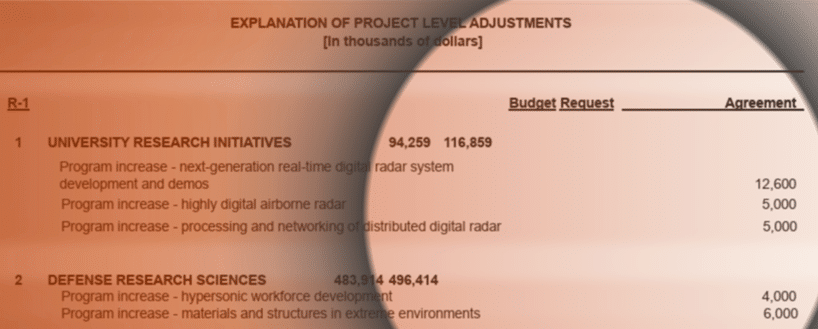Trade is complicated. Wars are costly. The two truths collided this week resulting in the first major governmental expenditure to “help” those who are casualties in the current trade war. But the administration’s announcement of $12 billion in new subsidies for farmers and ranchers is likely just the tip of the spending iceberg.
More than any other sector, agriculture has borne the brunt of the president’s trade war fallout. Most counties in which farming and ranching dominate are also areas that went overwhelmingly for President Trump in the election. Meanwhile countries have sought to maximize the political pain by slapping tariffs on everything from “Angles, shapes and sections, of iron or steel, welded” to “yogurt, whether or not sweetened, flavored or containing added fruit, nuts or cocoa” (see our spreadsheet for details). And the Venn diagram shows maximum pain for farmers. Soybean prices have fallen nearly 20 percent, corn 15 percent, almond exports to China have been cut in half, and overall agricultural trade with Mexico is down 40 percent. Ag analysts predict farmers and ranchers could lose tens of billions in the short term and even more in the long term as our trading partners turn to new suppliers.
Showing that no foolish governmentally created problem lacks an equally foolish government spending solution, the Trump Administration this week announced a plan to spend $12 billion on farming and ranching businesses subject to foreign tariffs. While details are still to be worked out, the trident of tariff relief will consist of USDA buying “surplus” crops for distribution to food banks and schools, an increase in spending on programs to open up new markets (irony alert number one), and – the largest pot – straight up cutting checks to farmers.
This action is a classic case of government creating winners and losers. It’s a recipe for disaster that would undo decades of progress toward weaning agriculture from financial dependence on federal subsidies. It sets a precedent for fiscally irresponsible bailouts in other industries that see losses due to tariffs and other trade barriers. And it will be costly.
These billions of dollars are just the opening salvo and will come nowhere near to a dollar-for-dollar replacement of losses in the ag economy. In addition no federal program is ever temporary, especially in agriculture. The direct payments program, where subsidy checks were sent to farmers every single year regardless of economic conditions, were a temporary program created in the 1996 farm bill – with the goal of easing farmers off of much more generous subsidies (irony alert number two). Set on a glide path to expiration, farm bill authors instead responded to low crop prices and incomes by reviving the more generous programs in the 2002 farm bill, oh and extended those direct payments as well. And then again in 2008. The program was finally eliminated in 2014 – except cotton farmers got two more years of “transition” assistance. Even if the specific trade bailout program announced this week is not extended, the $12 billion spent will be baked into the baseline and redirected to other income supports in the future. Just like the direct payments program that was eliminated in 2014 actually morphed into new farm support programs. These new so-called shallow loss programs were originally projected to cost $27 billion, but are now running closer to $48 billion, and actually more expensive than the direct payments they replaced.
The new trade bailout program will put career bureaucrats and their politically appointed minders in the position of picking winners and losers. What will be the criteria? Any subjective political process necessarily results in political winners. The last major use of this authority to send checks happened in 2010 for producers of cotton, rice, soybeans, and sweet potatoes, as well as poultry and aquaculture. The common thread? Arkansas. All these just so happened to be produced in the state of Senate Agriculture Committee Chair Blanche Lincoln (D-AR), who just so happened to be in a tough reelection race. Anybody who thinks this kind of political decision-making won’t creep into deciding which commodities are deserving, has never visited the swamp.
But why stop at Ag? The tariff tiff is resulting in pain in other areas of the economy. The next big target is automobiles. There were $177 billion worth of passenger car imports and an additional $143 billion worth of automobile parts imported last year – remember, we’ve already bailed out car companies once. What about all the people in the supply chain? Food manufacturers, shippers, railroad companies, dock workers, companies that flash-freeze meat for transportation, fertilizer manufacturers? Courtesy of this trade war, the list of individuals and companies seeing disruptions in their business is almost endless. And once lost, markets don’t necessarily return, with other countries and producers filling the void.
The federal government has a vital role to play in trade. It should work to ensure an even playing field. Stepping in to dismantle unfair trade barriers when there are market failures, staving off market failures, or marshalling federal resources to promote vital public goods are all legitimate governmental powers. Depressing economic activity with one hand and then writing checks to the economic “rounding errors” with the others however, is not.











Get Social